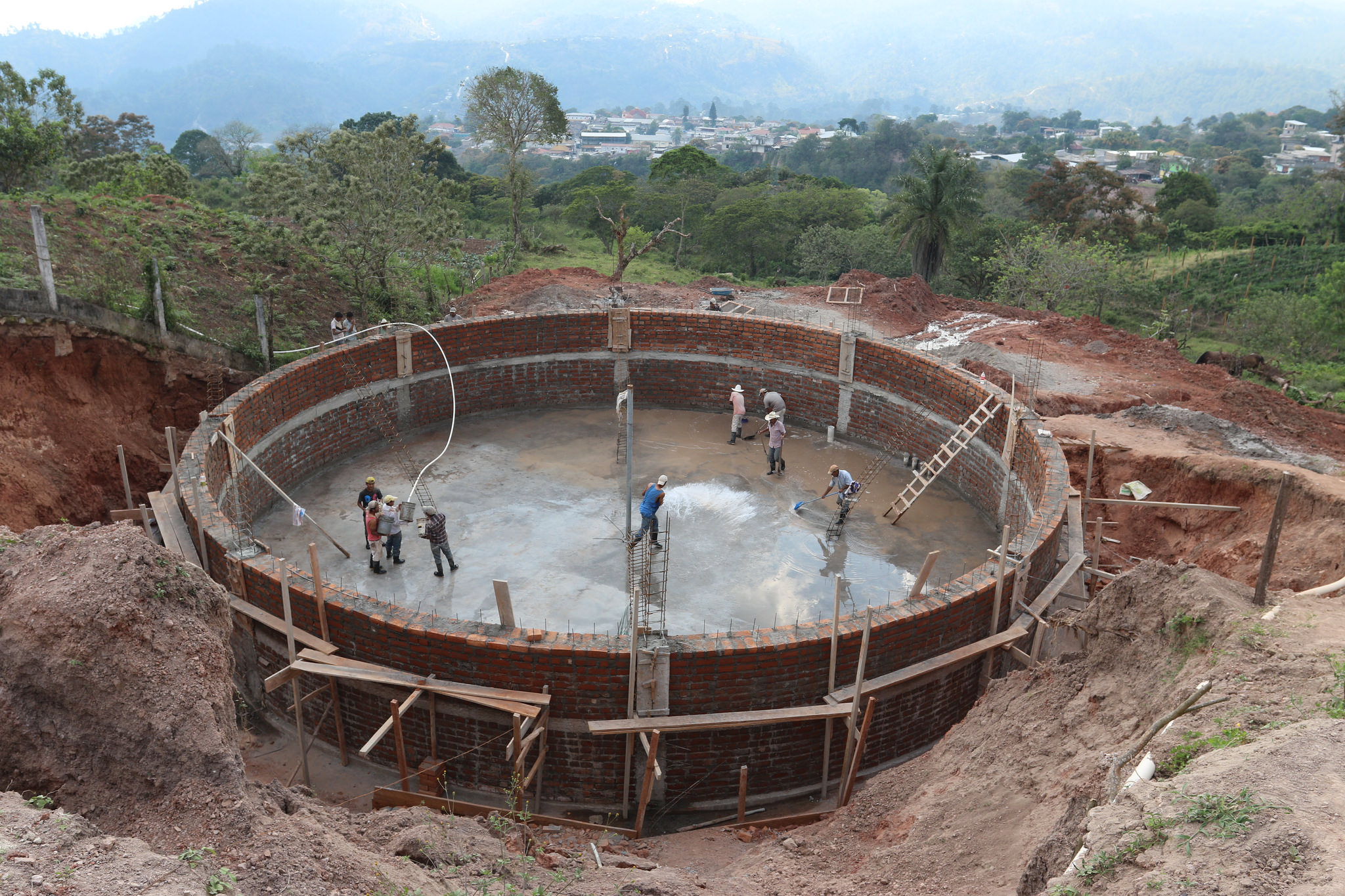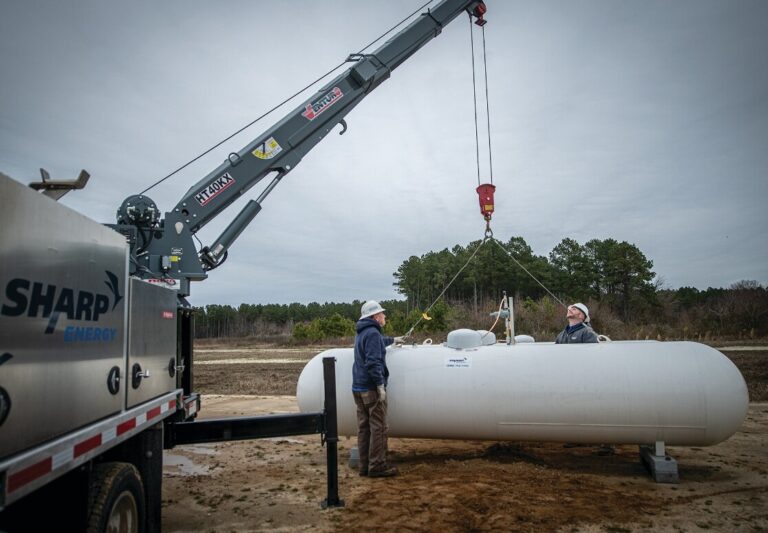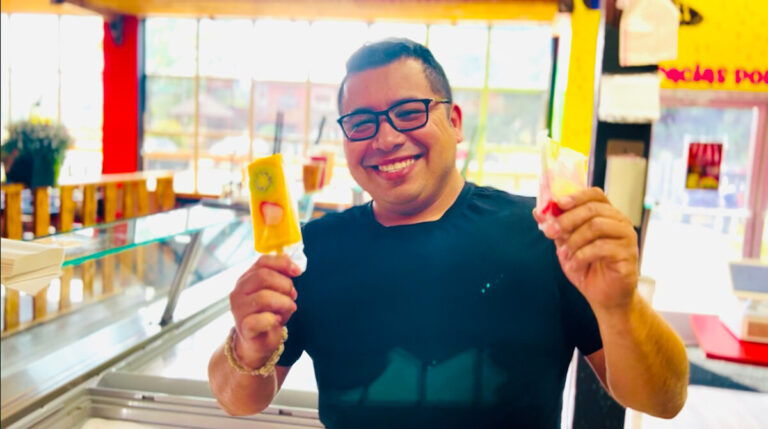More than 2.5 billion people around the world lack access to clean water. Each year, 5 million of these people, mostly children under age five, die of water-related illnesses that could easily be prevented by a dependable water and sanitation system. The cost of treating these illnesses takes an immense toll on the economic lives of the world’s poorest, keeping them trapped in a cycle of poverty. This is especially true for women and girls, who shoulder most of the burden of collecting clean water–sometimes travelling hours a day by foot–and therefore cannot attend school or get jobs to help provide for their families.
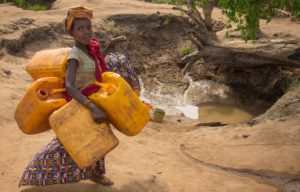
Girl carrying containers to a water source in Mozambique
Many charities–some more successful than others–aim to alleviate this problem by providing clean water to those who need it most. But Seattle-based Water1st International is different. Since 2005, it has helped fund and build 2,523 water projects that serve more than 197,000 people across five countries. These projects have transformed communities by making them healthier and empowering them to break the cycle of disease and poverty that, unfortunately, still plagues too many parts of the world.
Founder and Executive Director Marla Smith-Nilson started Water1st after a decade of working for another water charity, WaterPartners (now water.org), which she co-founded in 1992. Growing up in Arizona, Marla frequently traveled with her family to Mexico where she witnessed the lengths people there had to go to retrieve clean water. Later, after studying to be a civil engineer, she was inspired to help fix the global water crisis after a trip to Honduras in graduate school introduced her to a potential solution to address this global problem. During that trip, Marla was introduced to COCEPRADIL, a local organization that works with nearby communities to build and maintain water and sanitation systems. “It was the first time I could see how I fit into the picture,” Marla says. Unlike most engineers, who, because of their expertise, want to help by designing or building a project, Marla realized the real need was for funding. “I could make sure groups like these were funded. The trip to Honduras showed me how to help.” Marla worked closely with COCEPRADIL during her time at WaterPartners, and the organization is now one of Water1st’s primary partners.
Eventually, Marla decided to leave WaterPartners because she wanted to take a different approach to addressing the water crisis. Whereas WaterPartners–and many other water charities–focus on providing water to individual homes and families, Marla believed it would be more effective to focus on the community as a whole. “When you take the individual approach, the people who are going to be left behind are often those who need help the most because they’re less likely to be able to purchase supplies and to want to take out a loan that they’re going to have to repay,” says Zoe Barker-Aderem, who works in Development and Community Engagement at Water1st. “The advantage of a piped water system is that you can add additional people to the system, so one well can last for many years and serve a larger community as that community expands. The upfront cost is higher, but it is more cost effective over time than other solutions.”
Get the Gravity newsletter for the latest FAQs, tools, tips and tricks
The other reason Marla advocated the community approach was because she saw the advantage of providing water to an entire group of people rather than just a few. “When a whole community has water, the benefits multiply,” Zoe says. “If you have clean water, but your neighbor doesn’t, and your neighbor doesn’t have a good way of washing their hands, and they don’t have a sanitary toilet, your kids are much more likely to get sick even if you have clean water in your home. The benefits of providing a community with clean water versus individuals in a community expands the impact for the whole community.”
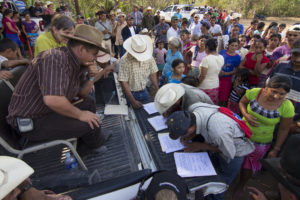
Community members signing documents in Honduras
One of the challenges of community water systems is that they require community buy-in in order to be successful. That’s why Water1st and its partners take the time to engage community members and listen to their needs and ideas. This helps them create a system people will actually use and be invested in maintaining over the long term. “A lot of community organizing goes into it,” Zoe says. “That’s why it’s so important to have a local partner because you want someone who can go into the communities and have meetings and make sure everyone’s on the same page. A lot of it is just going over different expectations of what has to happen to get a water project built. Often, we get buy-in from local government, for example, the mayors of a town, who might commit a certain amount of their budget to building the water project.”
At any given time, Water1st is helping to fund the construction of several water projects throughout the four countries in which they currently work–Bangladesh, Ethiopia, Honduras, and Mozambique. This can range from one project in Ethiopia–where geography and geology demand a more complex and extensive water system–to hundreds of smaller projects in Bangladesh–where the dense population allows for quicker, cheaper solutions that can still serve many people. Projects can take anywhere from a few months to a couple of years to build, not including the prep work and conversations that have to happen prior to construction in order to make sure the community is on board.
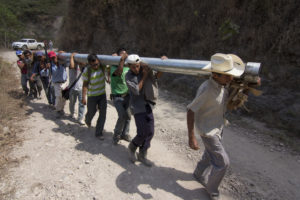
Community members carrying pipe in Honduras
But access to clean water is only part of the solution. “There are three different barriers protecting people from being exposed to bacteria,” Zoe says. “One is clean water. If you have clean water, you won’t become ill from drinking contaminated water. Another is toilets, because if you have toilets, feces is properly disposed of and doesn’t get into the community in the same way that it will if there’s, say, an open defecation system. The other barrier is hygiene education–knowing to wash your hands after you use the bathroom or have been exposed to anything that could potentially have contaminants in it, or washing your hands before you eat or prepare food. The reality is, clean water is actually a less significant barrier to people getting sick than having toilets and hygiene education.” Knowing this, Water1st works with its partners to provide toilets and hygiene education to those in the communities it serves.
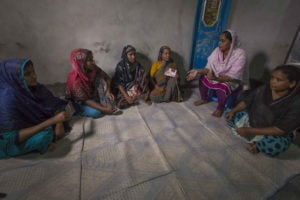
An education meeting in Bangladesh led by a female community member
Water1st also strives to make sure its water systems are as convenient as possible for people to use. “Research has shown that if it takes someone more than fifteen minutes to collect water, clean water usage goes down dramatically,” Zoe says. ”And when you’re not using enough water, it’s impossible to have the hygiene practices that you need to protect people from disease.” That’s whyWater1st focuses on how to deliver clean water directly to homes, schools, or community centers as opposed to having people collect it from a central location, like a hand pump.
While this convenience benefits the entire community, it impacts one group in particular: women and girls. Because women and girls are often tasked with collecting water for their families, they have fewer opportunities than men to attend school or get a job, which limits their potential and status within the community. This is why Water1st and its partners take special care to involve female community members in the process of planning for a water system. “If they’re the ones carrying water, they’re the ones who understand the most important components of a water project,” Zoe says. “This involvement also provides opportunities for women to increase their status in communities. Involving the people who know the most, the people who have been doing the work every day, is always going to be the best way to find solutions.”
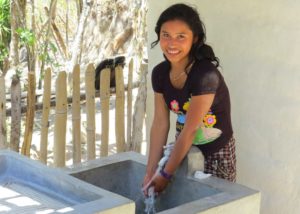
Young woman with water system in her home
Women also play a central role in hygiene education since they are typically responsible for caregiving and meal preparation. By teaching women proper handwashing and other hygiene techniques, a community can reduce disease and also impart this knowledge to other members of the family. And if women have more opportunity to get an education or a job, they can help support their families financially, which helps reduce poverty.
While there are plenty of places throughout the world that lack access to clean water, Water1st has chosen to focus on certain locations based on the presence of local partners like COCEPRADIL that can work directly with the communities to gain support and ensure the projects will be successful. Such engagement is key because, globally, 35 to 50 percent of all water projects fail within the first five years because they stop functioning and/or are abandoned by the community. “It’s important to have a great local partner because they understand what’s going on so much better than we do,” Zoe says. “The thing about water systems is that they break. If there’s nobody there to fix them, it’s unlikely that someone is going to fly back from, say, Seattle to Honduras to fix a pipe. You need to have people trained as plumbers within the communities, but you also need a local partner who can address any larger issues.”
Knowing this, Water1st’s main goal is to act as fundraisers for their local partners who oversee the vast majority of the on-the-ground work and engagement. That’s another reason why Water1st chooses to focus on a few select communities instead of trying out new locations every few years. “Our number one priority is to make sure that we are always able to fund the partners we already have,” Zoe says. “Often in development, people will find these awesome organizations like COCEPRADIL or DSK–our partner in Bangladesh–and write them a five-year grant. At the end of that five-year grant, they’ll say, ‘Cool. We worked in Bangladesh. I want to work in India now.’ They’ll stop funding them. What happens, then, is you have this organization that can never do any capacity building because, if they lose that grant, they have to let go of some staff. By the time they get another grant from a different organization, those staff have moved on with their lives. By consistently funding partners, we make sure that folks who are doing great work are able to continue to do good work, to continue to retain staff and build their knowledge base.”
Water1st raises most of its money from individual donors as opposed to grants because it allows them more flexibility in how they spend the money. “While grants typically provide significantly more money than most individuals can, they are often restricted funding,” Zoe says. “When you go after unrestricted funding, you are able to listen to the concerns and needs of the people you’re actually working for and spend the money in ways that will serve them first and foremost.”
One of the ways Water1st raises money is through Carry5 Walk for Water events in which participants carry up to five gallons of water for five kilometers in solidarity with the billions of people around the world who have to transport water every day. In addition to holding Carry5 events in Seattle, Portland, and Chicago, Water1st also supports other groups–like schools, businesses, and community organizations–that want to host a Carry5 event and raise money on Water1st’s behalf. Those interested in participating in or hosting an event, can check out Water1st’s Carry5 events page.
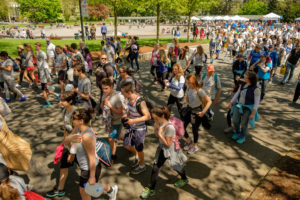
A Carry5 event in Seattle in 2017
In addition to funding, Water1st also assists with maintenance by visiting communities and fixing any problems that might arise. Thanks to this all-hands approach, not a single Water1st project has failed. “When you don’t monitor, you’re not going to know when something breaks,” Zoe says. “Just like our toilets at home, there’s never going to be a water system that has absolutely no problems. If you don’t have a plan for sustainability and for what’s going to happen five, ten, or twenty years from now, there’s just no way in the long term that the project is going to be successful.”
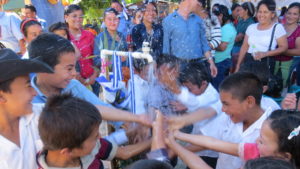
An inauguration celebration in Honduras
Despite its successes, Water1st never takes time to rest on its laurels and is constantly striving to improve. “One of my favorite things about working at Water1st is that we focus on learning and growing and making sure that every project we build is better than the last one,” Zoe says. “One of the things that I respect the most about the people I work with is that ability to listen and observe and connect with community members and see what they want and always be moving our projects in the direction of what works best for them.”
For more information on Water1st, visit www.water1st.org.

